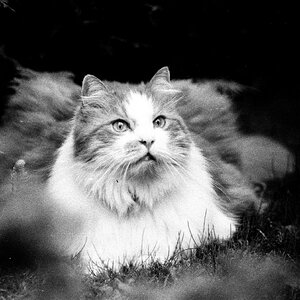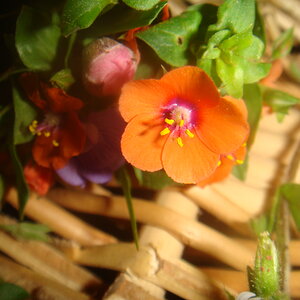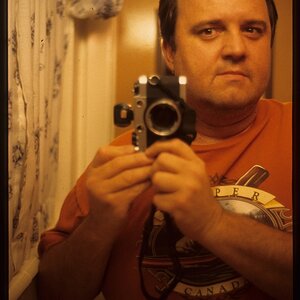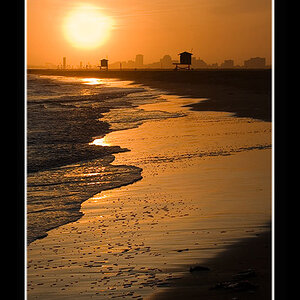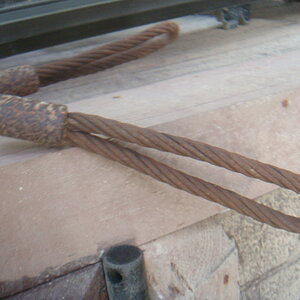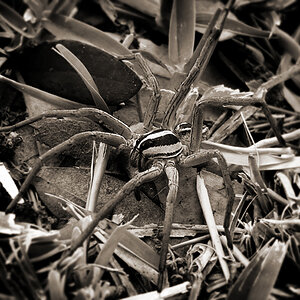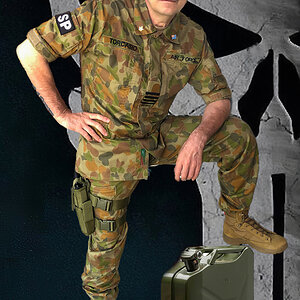davholla
Been spending a lot of time on here!
- Joined
- Jun 16, 2015
- Messages
- 1,564
- Reaction score
- 1,396
- Can others edit my Photos
- Photos OK to edit
I have been thinking about getting the "YONGNUO YN24EX E TTL Macro Flash " to use with my Canon MPE65mm (and possibly another one for my 60mm).
Here are some photos that I took with my current set up.
Reasons against
1) Money
2) Weight I already have problems with MPE65, ideally I would go to the gym and get stronger but I have shoulder problems which make that tricky (almost impossible if not impossible)
3) Taking up more space
4) The hassle of creating a new diffuser - for me not that easy
 Shield Bug IMG_0975 by davholla2002, on Flickr
Shield Bug IMG_0975 by davholla2002, on Flickr
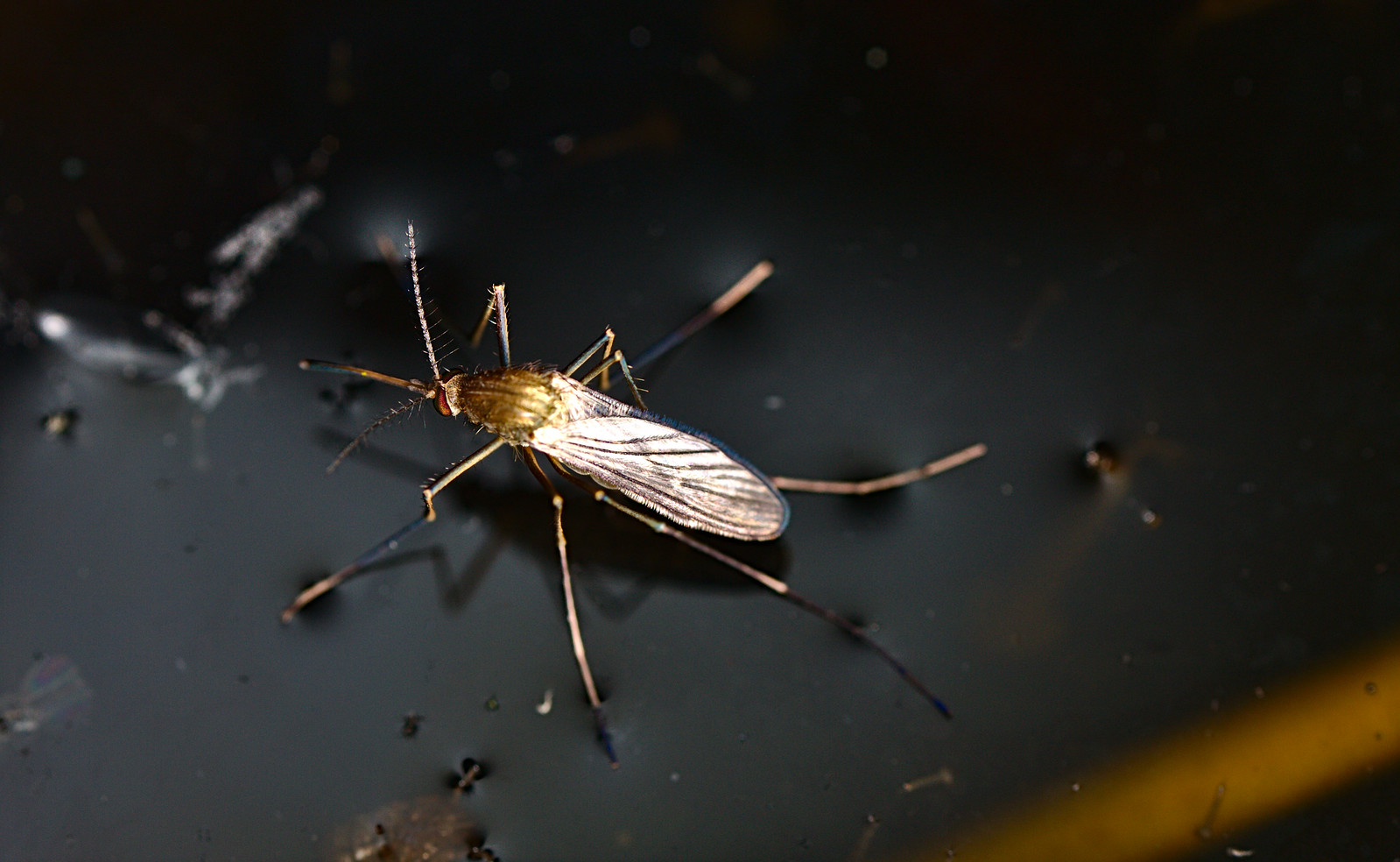 Mosquito IMG_1092 by davholla2002, on Flickr
Mosquito IMG_1092 by davholla2002, on Flickr
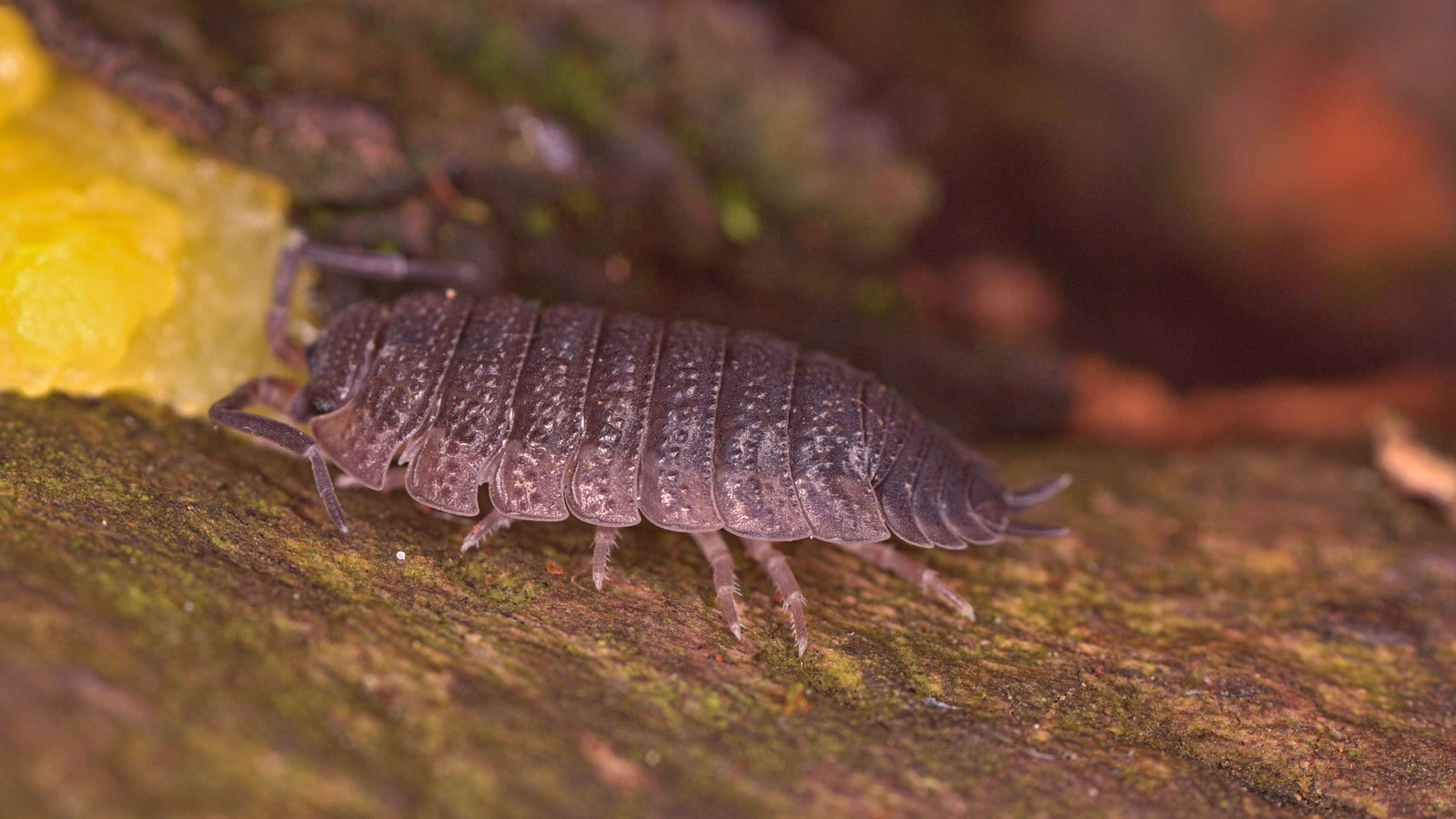 Woodlouse IMG_1011 by davholla2002, on Flickr
Woodlouse IMG_1011 by davholla2002, on Flickr
 Hoverfly IMG_1095 by davholla2002, on Flickr
Hoverfly IMG_1095 by davholla2002, on Flickr
Here are some photos that I took with my current set up.
Reasons against
1) Money
2) Weight I already have problems with MPE65, ideally I would go to the gym and get stronger but I have shoulder problems which make that tricky (almost impossible if not impossible)
3) Taking up more space
4) The hassle of creating a new diffuser - for me not that easy
 Shield Bug IMG_0975 by davholla2002, on Flickr
Shield Bug IMG_0975 by davholla2002, on Flickr Mosquito IMG_1092 by davholla2002, on Flickr
Mosquito IMG_1092 by davholla2002, on Flickr Woodlouse IMG_1011 by davholla2002, on Flickr
Woodlouse IMG_1011 by davholla2002, on Flickr Hoverfly IMG_1095 by davholla2002, on Flickr
Hoverfly IMG_1095 by davholla2002, on Flickr

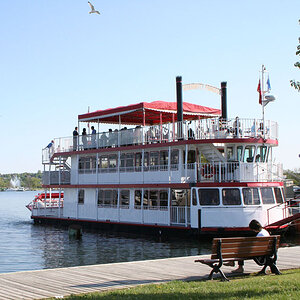
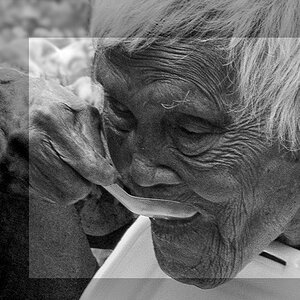
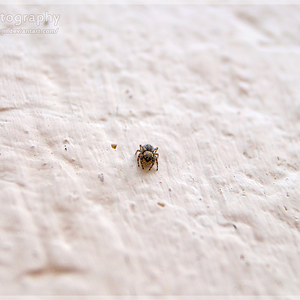
![[No title]](/data/xfmg/thumbnail/39/39471-60497f63216ffba784d91a339e9e917e.jpg?1619739043)
![[No title]](/data/xfmg/thumbnail/38/38724-0b9c26c57726c91c6c504310e4428e55.jpg?1619738702)
